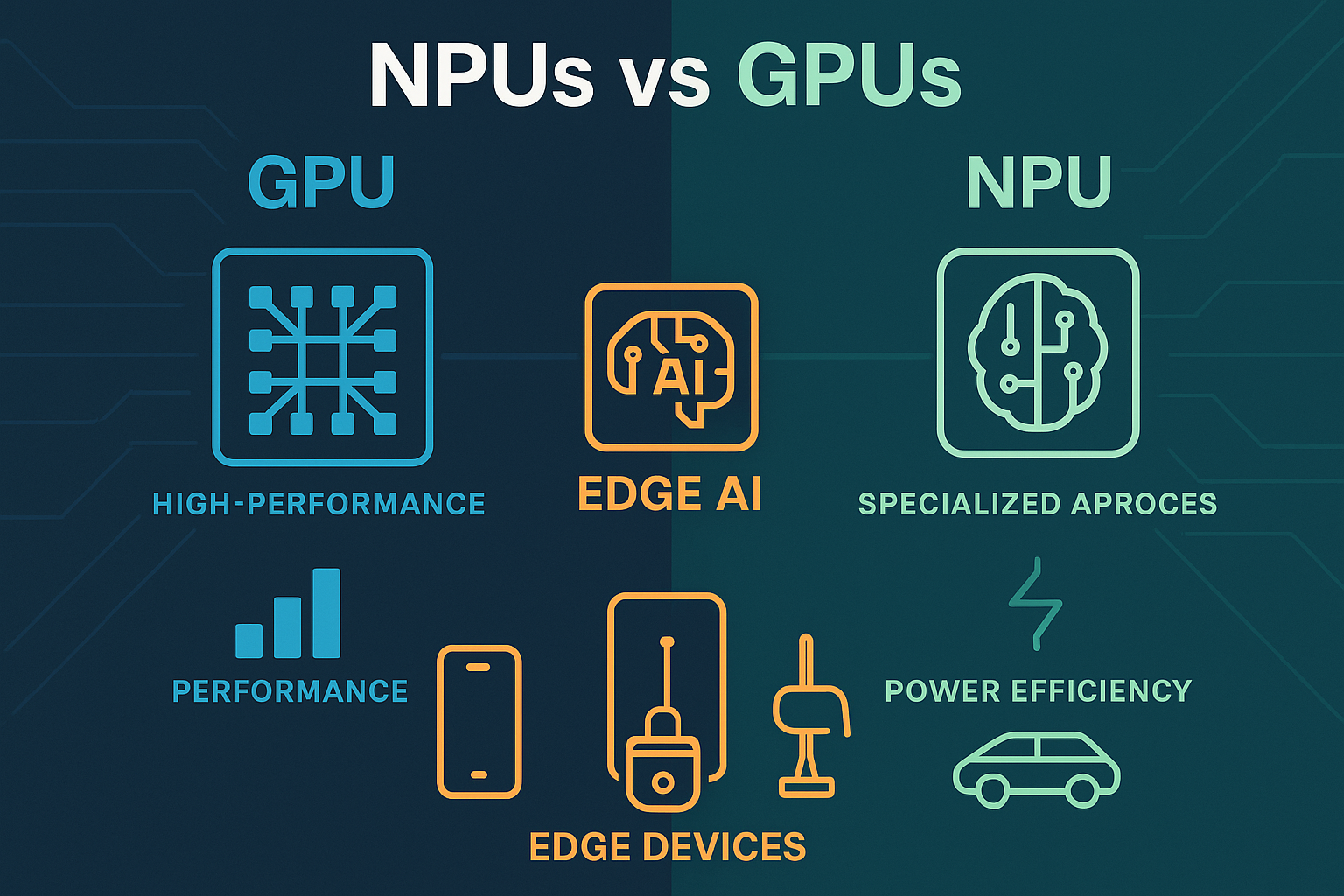Table of Contents
The smart home industry stands at a pivotal moment. Matter, the universal connectivity standard backed by tech giants like Apple, Google, Amazon, and Samsung, promises to solve the fragmentation that has plagued IoT for years. Yet, as Matter gains momentum, a critical question emerges: What happens to ZigBee?
ZigBee: The Foundation of Modern Smart Homes
ZigBee has been the backbone of countless smart home deployments, powering everything from Philips Hue lighting systems to comprehensive home automation platforms.
ZigBee’s Historic Strengths:
- Mature Ecosystem: Thousands of certified devices from hundreds of manufacturers
- Proven Reliability: Decades of real-world deployment and refinement
- Low Power Consumption: Enabling battery-powered devices that last for years
- Mesh Network Resilience: Self-healing networks that adapt to device failures
The Matter Reality Check
Matter’s rise doesn’t represent the sudden obsolescence of existing protocols. Instead, it’s creating a more complex ecosystem where different technologies serve different roles.
Matter’s Primary Focus: Matter excels at high-level device interoperability, creating a common language for smart home devices to communicate across different ecosystems.
Transport Layer Agnostic: Matter can operate over various underlying protocols including Thread, Wi-Fi, and importantly, ZigBee.
Gradual Transition: The transition to Matter is evolutionary rather than revolutionary, allowing existing ZigBee networks to coexist and gradually integrate with Matter-based systems.
ZigBee’s Strategic Adaptation
ZigBee 3.0 as a Stable Foundation: The ZigBee Alliance’s evolution into the Connectivity Standards Alliance (CSA) positions ZigBee 3.0 as a mature, stable platform for specific use cases.
Matter-over-ZigBee Implementations: One of the most significant developments is the emergence of solutions that enable Matter to operate over ZigBee networks.
Bridge Technologies: ZigBee-to-Matter bridges are emerging as critical infrastructure components, allowing legacy ZigBee devices to participate in Matter ecosystems.
Specialized Application Focus: ZigBee is increasingly finding its strength in specialized applications where its specific characteristics provide distinct advantages.
Where ZigBee Maintains Advantages
Ultra-Low Power Applications: For battery-powered devices that need to operate for years without battery replacement, ZigBee’s mature power management capabilities often outperform newer protocols.
Large-Scale Deployments: Commercial and industrial installations with hundreds or thousands of devices benefit from ZigBee’s proven scalability.
Conclusion
ZigBee’s role in a Matter-dominated world is not one of obsolescence but of strategic evolution. ZigBee’s future lies in its proven strengths: ultra-low power applications, large-scale deployments, and specialized industrial use cases. The key to success is understanding that the future of IoT is about protocol orchestration, not protocol wars.






Start the conversation